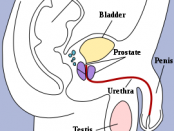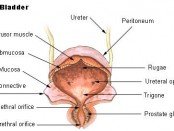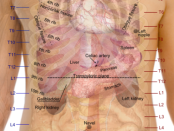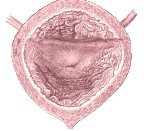Trigonitis (Trigone of the Urinary Bladder Cell Changes)
What is trigonitis? Trigonitis is a condition where the the cells lining the lower part of the bladder undergo changes into a different cell type. The affected part of the bladder is known as the trigone, hence the term trigonitis. There is often confusion about trigonitis since the term -itis usually indicates >> Read More ...









